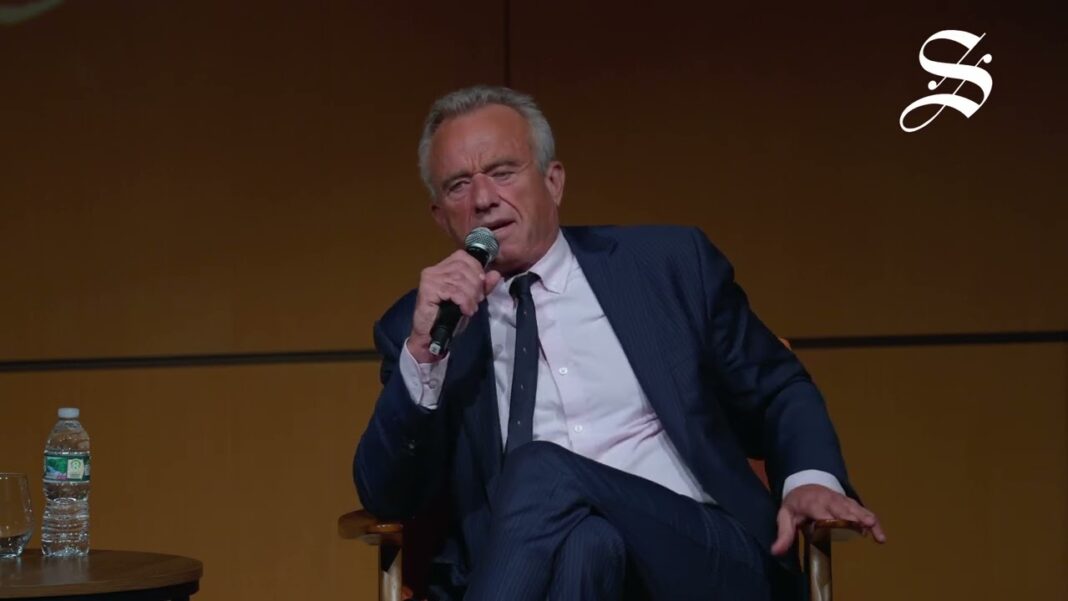They were subject to ‘bomb threats’ and swatting attempts, spokeswoman Karoline Leavitt said on Wednesday.
Several of President-elect Donald Trump’s Cabinet were targeted by “bomb threats” and “swatting” attempts on Tuesday night and Wednesday morning, a Trump spokeswoman said.
In a statement issued on social media, Trump transition team spokeswoman Karoline Leavitt said that unnamed Cabinet nominees and administration officials were subjected to “violent, un-American threats to their lives and those who live with them.”
Leavitt said that law enforcement officials acted quickly to mitigate the problem, but didn’t provide further details.
“President Trump and the entire transition team are grateful for their swift action,” she said, referring to law enforcement officials.
The FBI, in a statement later Wednesday, said it is aware of swatting incidents and bomb threats targeting Trump nominees and appointees.
“We are working with our law enforcement partners,” the FBI’s statement said. “We take all potential threats seriously, and as always, encourage members of the public to immediately report anything they consider suspicious to law enforcement.”
Trump’s incoming U.S. ambassador to the United Nations, Rep. Elise Stefanik (R-N.Y.) released a statement soon after, confirming she was targeted by a bomb threat.
“This morning, Congresswoman Elise Stefanik, her husband, and their three year old son were driving home to Saratoga County from Washington for Thanksgiving when they were informed of a bomb threat to their residence,” her office said in a statement on X.
U.S. Capitol Police, local police, and New York State police responded to the incident, she added.
Leavitt said Trump and the incoming administration “are focused on doing the work of uniting our country by ensuring a safe and prosperous future.”
“With President Trump as our example, dangerous acts of intimidation and violence will not deter us,” she said.
Neither Trump nor Vice President-elect JD Vance have commented on the incidents.
Swatting refers to the action of making a prank call to emergency services such as law enforcement officials in a bid to bring about the dispatch of a large number of armed police officers to an address.








